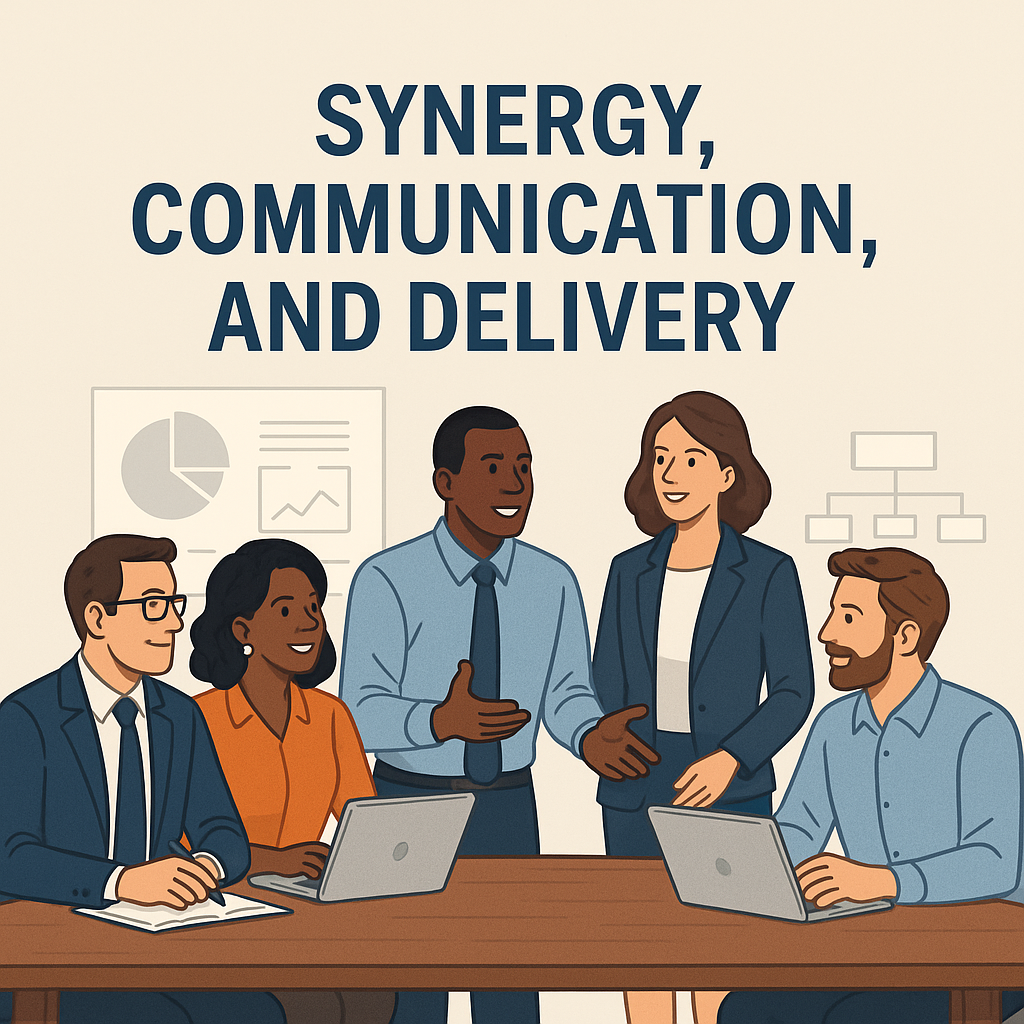The New Generation of IT Leadership: From Barriers to Bridges

Technology is evolving rapidly, and with it the expectations placed on IT professionals. In local government, this evolution carries even more weight because our work isn’t just about efficiency. It’s about delivering services that affect real people in our communities.
Today’s IT leaders are not only responsible for keeping systems running. We are being asked to lead change, engage with business stakeholders, and drive innovation that improves public service. To make that shift, we must change more than just the tools we use; we need to change how our teams work, how we engage, and how we deliver.
Building from “Agile as a Partnership”
In my earlier article Agile Isn’t Just a Mindset, It’s a Partnership, I emphasized that agile is more than a process. It only works when IT and business collaborate, co-create, and share ownership of priorities. That partnership ensures solutions are built around real needs, not assumptions.
When we treat agile as partnership rather than process:
- Business units get what they actually need, not what they thought they wanted.
- IT reduces wasted cycles on rework.
- Trust grows, and delivery accelerates.
Breaking Old Habits, Building New Engagements
Too often, IT is cast as the “department of no.” Legacy management practices created silos, slow decision-making, and technology choices dictated from above. The outcome: frustrated business units, delayed citizen services, and IT perceived as an obstacle.
As a friend of mine wrote before:
“Shiny vendor pitches win the spotlight, while proven in-house solutions are cast aside. The result? Rising costs, eroded trust, and shadow IT.”
(GovDevOps, When Leadership Missteps Hurt Everyone Except Leadership)
The shift begins when IT and business stop working in isolation. Collaboration, where priorities are jointly identified and translated into modernization plans, allows innovation to flourish.
Shadow IT: A Symptom, Not the Enemy
Shadow IT is often misunderstood. It’s not rebellion. It’s a symptom of frustration. When communication breaks down and delivery stalls, divisions find their own solutions. In government, that can mean siloed tools, citizen data outside compliance, and weakened security.
Increasingly, we see a troubling pattern: business interns becoming business contractors, suddenly filling IT-like roles. These roles are often scoped to “get things done quickly” without oversight or alignment with enterprise architecture. What begins as a short-term workaround quickly becomes shadow IT on steroids—unmanaged systems that grow outside governance while shaping critical business processes.
As the article warns:
“Departments don’t collapse because of one bad purchase. They collapse because of years of compounding decisions made without reflection, without humility, and without accountability.”
(GovDevOps, When Leadership Missteps Hurt Everyone Except Leadership)
The fix is not to clamp down harder or strip divisions of autonomy. The fix is to rebuild trust:
- Open dialogue that listens before prescribing solutions
- Clear expectations that the business brings problem statements, not vendor selections
- Co-creation of secure, scalable solutions that balance speed with sustainability
A Tale of Two Outcomes
At one county department, leadership brought in a contractor to “fix reporting gaps.” With little IT involvement, the contractor spun up their own cloud account, built quick dashboards, and delivered something that seemed to work. For six months, it was celebrated as a win. But cracks soon appeared: compliance violations, duplicate citizen data, no integration with core systems, and growing license costs. When the contractor’s engagement ended, the department was left with a black box no one else could support. The initial speed turned into fragility.
Across the hall, another department had the same problem. But instead of dictating a solution, they came forward with a problem statement: “We need faster reporting to respond to citizen inquiries.” IT sat down with them, mapped the requirements, and designed a solution within governed cloud services. It integrated with existing data pipelines, secured citizen information, and included training for department staff. The outcome wasn’t just faster reporting—it was trust, sustainability, and shared ownership.
Both divisions faced the same challenge. One chose shadow IT on steroids. The other chose partnership. The difference wasn’t technology—it was the decision to work together.
The lesson: shadow IT is a signal, not a solution. When redirected into partnership, it becomes innovation. Left unchecked, it becomes fragility disguised as progress.
The Grind: From Explaining to Enabling
Every IT leader knows the grind of having to explain, again and again, why engagement matters. But in local government, that grind is worth it. The results ripple out:
- Faster resolution of citizen service requests
- Smarter infrastructure planning using data and analytics
- Greater trust in how government delivers services
We cannot allow IT to be reduced to a delivery truck for pre-selected vendor solutions. Our role is to enable modernization that aligns with public goals and community impact.
Synergy, Communication, and Delivery
The path forward is synergy. When priorities are set together, stakeholders are engaged, and agile teams are empowered, IT becomes a force multiplier for government’s mission.
- Clear communication ensures alignment.
- Agile execution creates faster delivery and flexibility.
- Joint ownership makes projects “our service to citizens,” not just “IT’s project.”
This is how IT earns its seat at the table—by proving that collaborative delivery solves real problems for both staff and the public.
The Question We All Face
At the end of the day, success doesn’t start with a ticket. It starts with a conversation.

Will you continue being part of the problem, clinging to old silos and divisive thinking? Or will you step up, bridge the gap, and be part of the solution, delivering technology that empowers staff, earns public trust, and serves the citizen first?
The choice is ours.



Member discussion